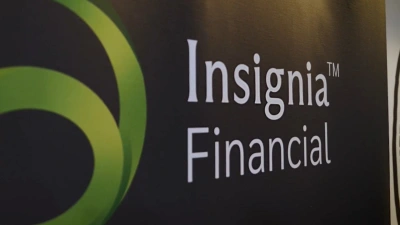Advisers view on gearing improves despite subdued market outlook


Financial planners and stockbrokers are increasingly considering gearing to invest to be an appropriate strategy for their clients, according to research from Investment Trends.
Their latest research showed 87% of stockbrokers believed their clients could benefit from the use of borrowings to boost investment returns, up from 72% in 2018, and this outlook was even stronger among financial planners, rising from 82% to 89%.
Despite the improved views on gearing, their outlook for domestic equities were subdued.
The average adviser expected the All Ords Index to rise by less than 2% over the next 12 months, lower than the 4-6% levels prior to 2019.
John Carver, analyst at Investment Trends, said advisers did not expect local equities to repeat the strong performance of 2019, so advisers were considering gearing for better investment returns.
“While the use of gearing to invest in the advice channel remains below pre-GFC levels [with] only 21% of planners and 60% of stockbrokers currently recommend margin lending, most advisers consider gearing products as part of their advice process,” Carver said.
“Margin lending remains the most popular option, but there is also appetite for non-margin lending products such as internally geared funds, home loan redraw facilities and lines of credit.”
Margin lending was also an issue as a quarter of stockbrokers and 43% of planners had used margin lending in the past with clients, but no longer do so.
However, they were open to resume usage with 71% of stockbrokers and 78% of planners having said they could be encouraged to use the credit product again.
“Many advisers are open to re-engaging with margin lending, but improved product features are important to convert interest into action,” Carver said.
“For instance, significantly more stockbrokers would be encouraged to use these products if they could structure loans that avoided margin calls (23%, up from 9%) and were given more choices to protect their clients’ initial capital (12%, up from 5%).
“While improved product features are key, margin lending providers must also continue maintaining their high levels of service and support, particularly their BDM support – a good BDM relationship is among the top three reasons why advisers favour their main provider aside from its good reputation and range of approved shares/funds.”
Recommended for you
A financial advice firm has been penalised $11 million in the Federal Court for providing ‘cookie cutter advice’ to its clients and breaching conflicted remuneration rules.
Insignia Financial has experienced total quarterly net outflows of $1.8 billion as a result of client rebalancing, while its multi-asset flows halved from the prior quarter.
Prime Financial is looking to shed its “sleeping giant” reputation with larger M&A transactions going forward, having agreed to acquire research firm Lincoln Indicators.
An affiliate of Pinnacle Investment Management has expanded its reach with a London office as the fund manager seeks to grow its overseas distribution into the UK and Europe.















